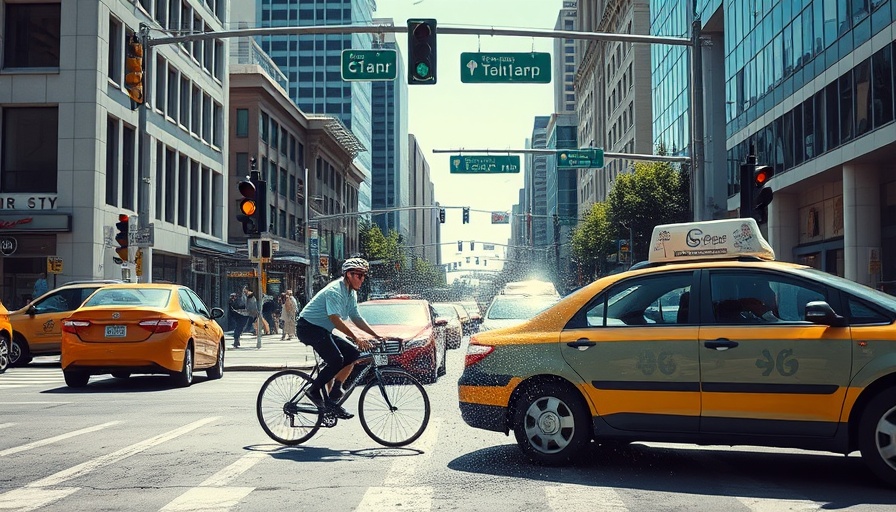
Is Green Space or Affordable Housing the Real Need?
In lower Manhattan, a grassroots debate transforms a small plot of land into a battleground for community priorities. The Elizabeth Street Garden, a quaint corner filled with lush greenery and whimsical sculptures, has drawn attention for its beauty but is now scrutinized for its place in the urban landscape.
Karen Rempel, in her latest commentary, highlights a pressing question—what do impoverished New Yorkers need more: a small, decorative garden or affordable housing? Many argue that spaces like the Elizabeth Street Garden, initially intended as a whimsical respite for locals, are often limited in accessibility and use, prompting a call for transformation into practical housing solutions.
The Continuing Saga of Elizabeth Street Garden
The garden’s story is a complex tale of legal struggles that reflects larger issues of urban development, community needs, and conflict over resources. Established in the 1990s by Allan Reiver, its longevity was threatened when the New York City Housing Authority acquired the land in 2012. The recent Court of Appeals ruling to allow development has reignited protests, drawing famous supporters like Robert De Niro and Martin Scorsese, showcasing the emotional ties many New Yorkers have to this green space.
Diverse Perspectives and Community Needs
This conflict evokes diverse perspectives among local residents. Proponents of the garden argue for the preservation of green spaces, claiming they provide necessary refuges amidst the concrete jungle of Manhattan. However, critics argue that with a growing homeless population and soaring rent prices, valuable land should be prioritized for housing initiatives rather than vanity projects.
A Look to the Future: What Should be Done?
The future of the Elizabeth Street Garden remains uncertain. As discussions press on, the real question is whether it should evolve beyond a decorative park to accommodate pressing housing needs for a growing city population. The city’s challenge will be striking a balance between maintaining some green space while addressing the critical issue of affordable housing access.
Ultimately, this situation calls for a thoughtful dialogue among all stakeholders—community members, city officials, and developers—to find a resolution that honors the spirit of New York City’s diverse communities. By reframing our approach to urban space, New Yorkers can hope to bridge the gap between preservation and progress.
 Add Row
Add Row  Add Element
Add Element 



Write A Comment